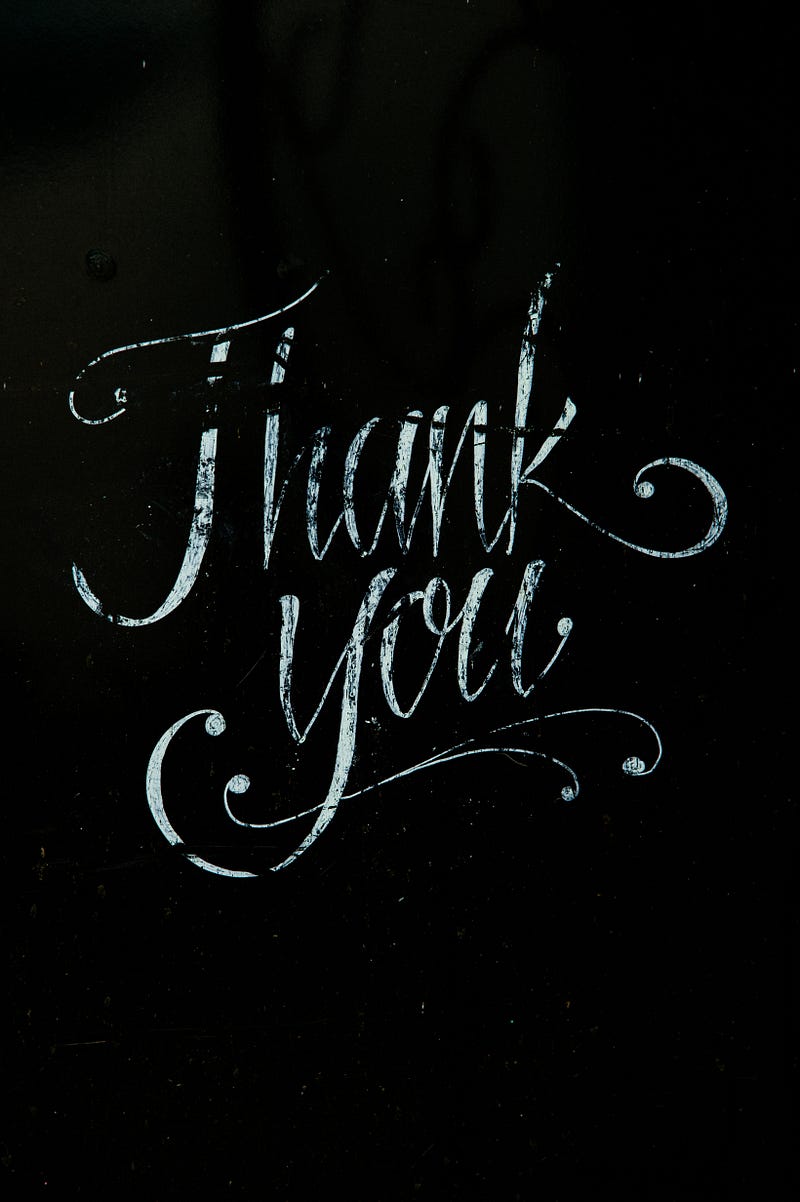One of the biggest struggles for me is sending a rejection on a piece I’d like to accept, but can’t. Editing is hard work, and a lot of submissions that come across my digital desk are not very good, but the ones that actually make it hard on me are the ones where a piece comes in that I really like, but can’t accept.
One of the hardest of these was a submission from a kid in middle school. She sent a piece in, a short story, which was truly impressive for her age. It contained a strong plot, some emotional cadences, and some absolutely vibrant descriptions. I flagged it immediately as a possible acceptance. Later, as more pieces came in, it became clear that this piece would not make the final cut, but I knew that I wanted to do more than send a simple form rejection to this kid. Because of the time it takes to be an editor, I rarely send out personal rejections to pieces, but for this one, I made an exception. I sent what I hoped would be an uplifting and encouraging response, knowing how much such things have meant to myself during my own career submitting stories. I don’t know if it helped that kid, but I like to think it did, and I know that I did the right thing by sending more than a “fill in the blank” rejection.
Reviewing and rejections
Stephen King writes about the very first submission he ever made to a magazine, one which (while rejected) contained his very first personal response. It’s a humorous anecdote, but one which illustrates a little of the importance of the communication between editor and writer.
I sent “Happy Stamps” off to Alfred Hitchcock’s Mystery Magazine. It came back three weeks later with a form rejection slip attached. This slip bore Alfred Hitchcock’s unmistakable profile in red ink and wished me good luck with my story. At the bottom was an unsigned jotted message, the only personal response I got from AHMM over eight years of periodic submissions. “Don’t staple manuscripts,” the postscript read. “Loose pages plus paperclip equal correct way to submit copy.” This was pretty cold advice, I thought, but useful in its way. I have never stapled a manuscript since. […] When I got the rejection slip from AHMM, I pounded a naiil into the wall … wrote “Happy Stamps” on the rejection slip, and poked it onto the nail… I felt pretty good, actually.
That nail, King said, would eventually no longer be sturdy enough to support the weight of all of his rejection slips. Not all rejections will be personal, and there’s no telling what was going on in the mind and life of an editor when they reject a piece, but it’s those rare moments when a personal rejection does arrive that changes everything. The right rejection at the right time can be a shaft of sunlight through the dark clouds.
For me, being an editor is a position of respect. I’m in the position of reading someone’s heart and soul, and that’s something that shouldn’t be treated lightly. It’s a lot of work, so I might sit down with a glass of wine while I’m doing it and crank up the music in the background, but at the end of the day, I take my role seriously.
As I’ve said, we get a lot of pieces that aren’t “up to snuff.” The worst are the ones where the writer has clearly ignored all of our submission instructions — these, I don’t feel a responsibility toward, because clearly the writer didn’t feel very highly about their work or my publication (else they would have done a better job reviewing the submission guidelines). But many pieces which end up rejected are just not quite at the writing level I’m looking for, or are else not quite right for the publication in some other way. It’s an interesting mix — some writers whose work I’ve reviewed have had impressive lists of publications under their names, and I’ve thought very little of the story they submitted. Some are first-timers and yet their work is nuanced and exciting.
As I’ve interfaced more with the editorial community, however, I’ve noticed that some editors can be mean. When reviewing, they leave spiteful comments, or they dismiss work without really bothering to give it the time it deserves. Some editors are so caught up in their own personal experience of “what art is” that they are unwilling to even look at work that doesn’t meet their limited worldview. These editors, I think, are letting the whole profession down. Humor as an editor is okay, a bit of back and forth banter about why a piece works (or doesn’t) is natural, but there’s a line between this sort of light discussion and comments which (if the writer were to read them) would be hurtful. That’s a line I try very hard not to cross. Even if my comments never see the light of day, it’s important to me that I treat the pieces in my care as I would want my own work treated. If someone has gone through all the hard work and hassle of submitting a piece to me, I believe that they deserve my respect in turn. They might only get a form rejection from me, in the end, but I want them to feel secure in knowing that I measured their work fairly against all the others and that I earnestly mean it when I write “best of luck elsewhere!”.

Simplification is friendship
The relationship between editor and writer is a sacred one, after a fashion. The sharing of work is what makes our literary lifeblood flow; we are in this together.
One of the things that annoys me the most is when a literary journal makes their submission process needlessly complicated. Some journals ask for very specific formats, ones that differ from the manuscript norm. Other journals will ask for all sorts of accompanying information, increasing the front-load work on the writer. To my mind, this sort of practice undermines the relationship between editor and writer.
As an editor, I do expect that the writer submitting work will have read my submission instructions and followed them. For instance: some journals I’ve worked for have used a blind editing process. If we get a manuscript with someone’s name in it, we have to reject it, or else it’s not fair to all the other writers (and we can never again accept that piece, even if we loved it). The writer’s responsibility is to ensure that their work is submitting how we need it to be submitted. But our responsibility, as editors, is to ensure that the submission requirements remain simple.
The basic manuscript format should not deviate much from the norm. Unless something like blind submissions is required there’s no reason to have people submitting in single space, or using a unique format for scene breaks. If a piece is going to eventually go into a print journal, there are a few additional potential requirements, but even then, it shouldn’t dramatically alter the fundamental format. And yet, as I’ve gone about submitting my own work, I’ve encountered journals that do just that. I think that it’s only fair to expect a writer to submit work in a particular format if that format is essentially standard, and the deviations are small.
Another pet peeve is when I see the “no simultaneous submissions” rule sitting alongside “we take x number of months to respond.” If a journal has decided to not accept simultaneous submissions, they should also endeavor to take no more than four weeks to respond (and should preferably respond much sooner). As of this writing, I have one piece in Submittable which is still under review after two and a half months! That’s a long time to keep a piece out of circulation.
Ultimately, the trust between writer and editor is incredibly important for the survival of a journal, as well as for the continued flow of new and exciting literary content. Writers need to feel secure about sending their work in (writing is difficult and submitting can be soul-crushing). Editors, meanwhile, need to feel that their hard work and dedication are respected. This is why I believe that it is so important to actively maintain compassion during the whole of this process. As a writer, I try to remember that the editor is doing a massive job, usually for little or no pay. And as an editor, I always remember that what’s crossing my desk is someone’s heart and mind made manifest and it deserves my compassion, as well as my time.

